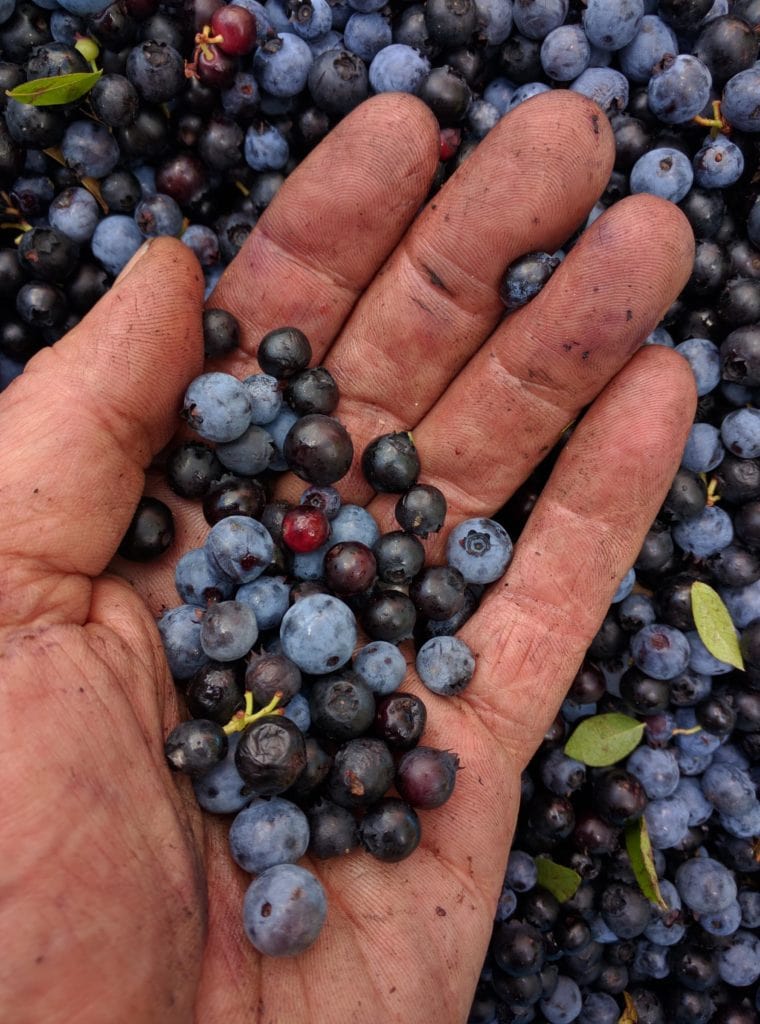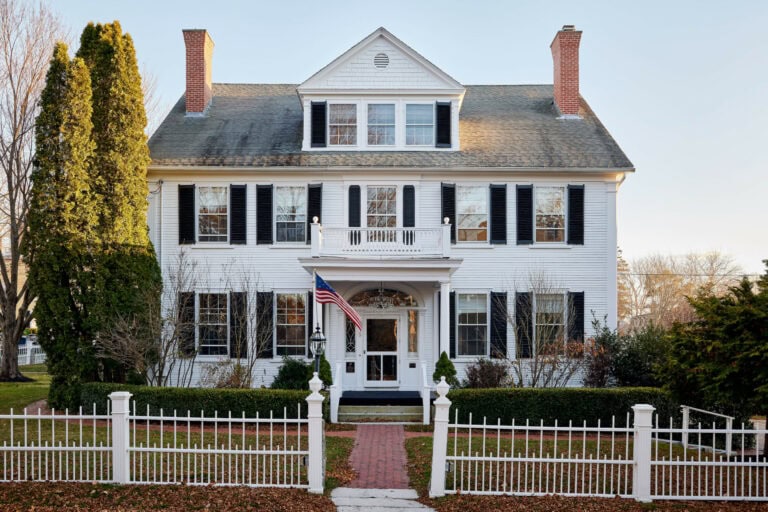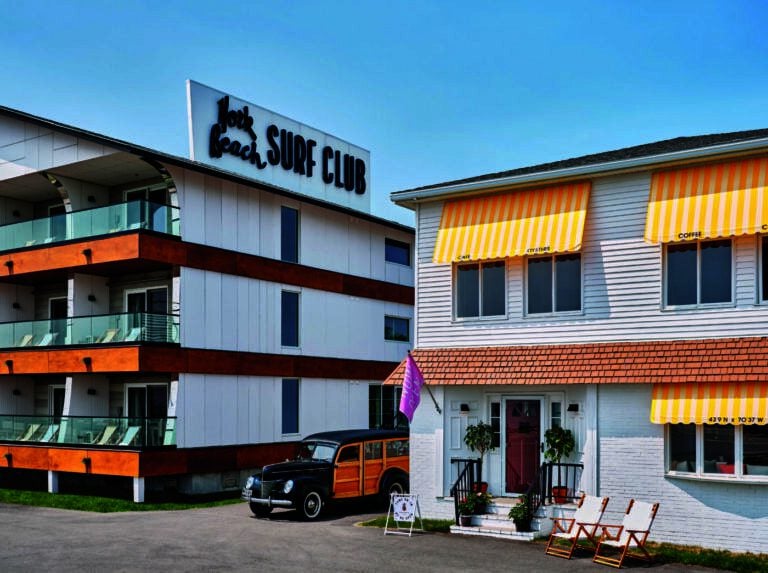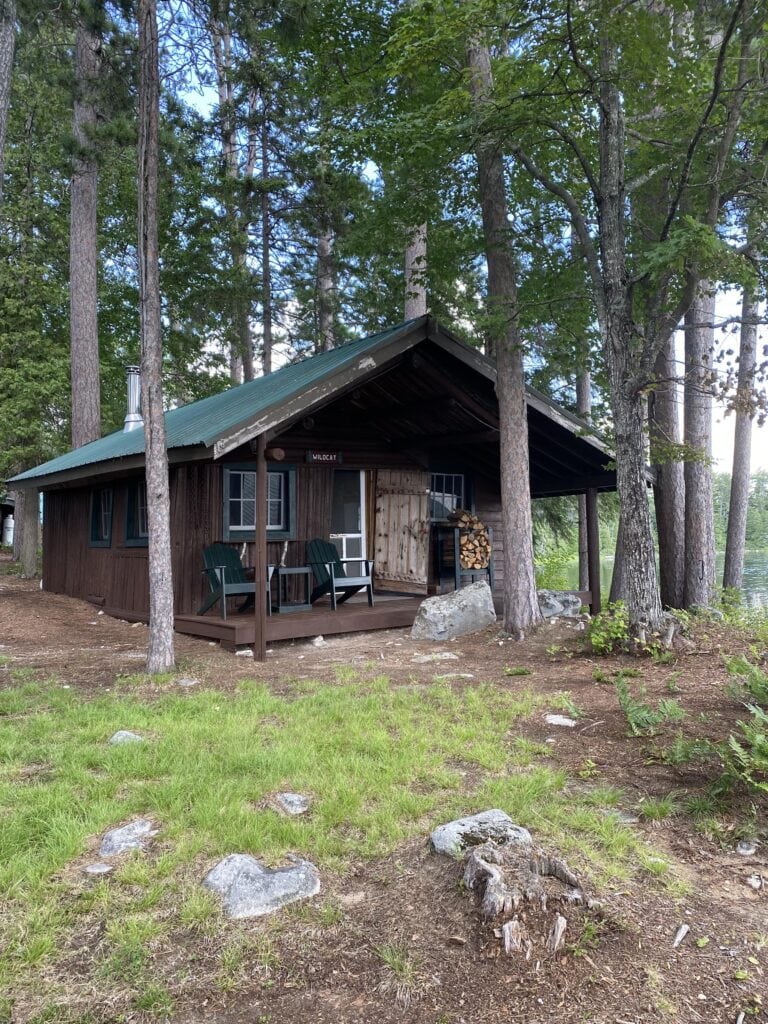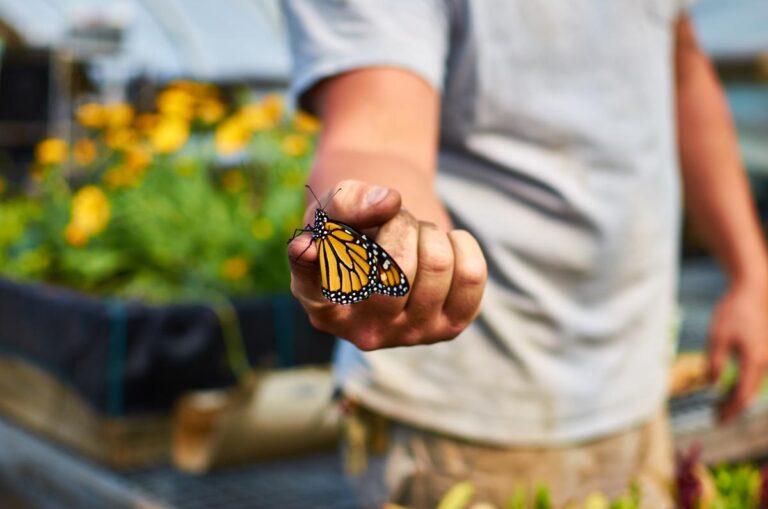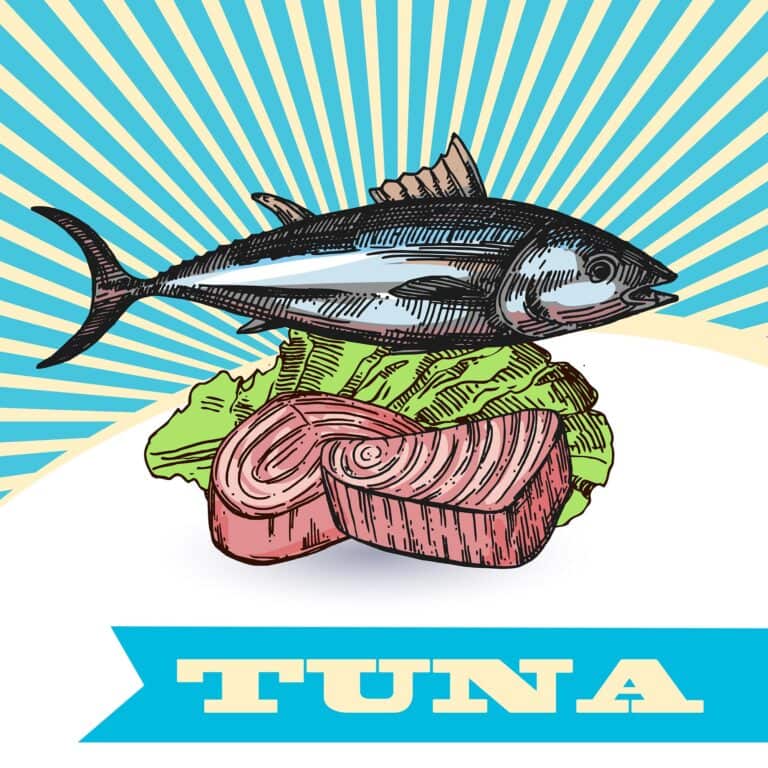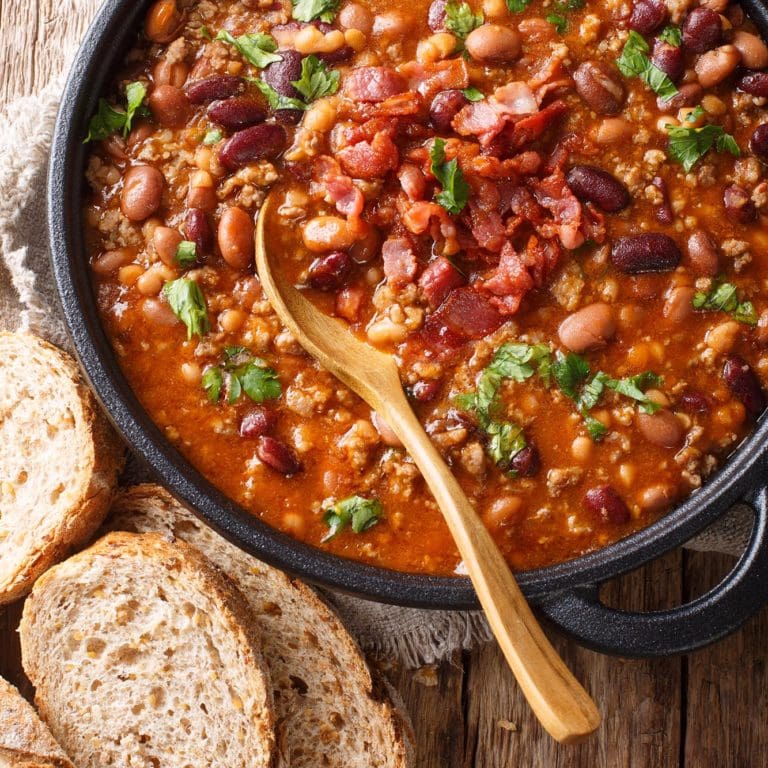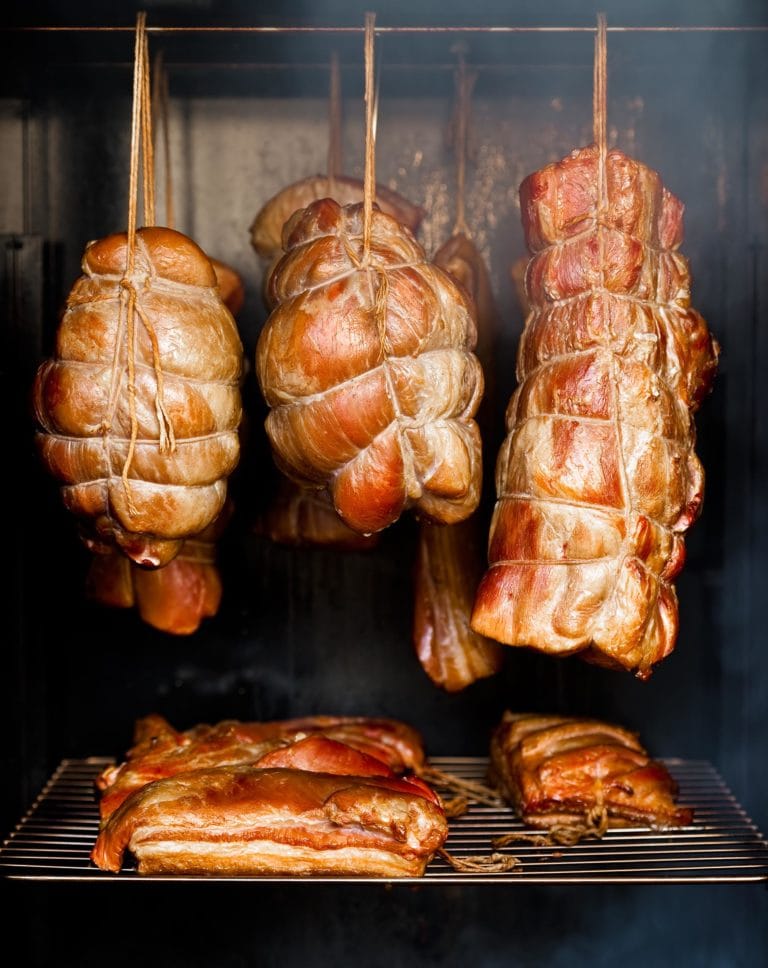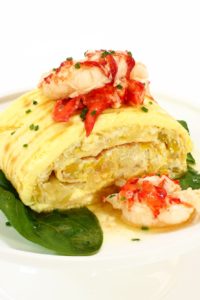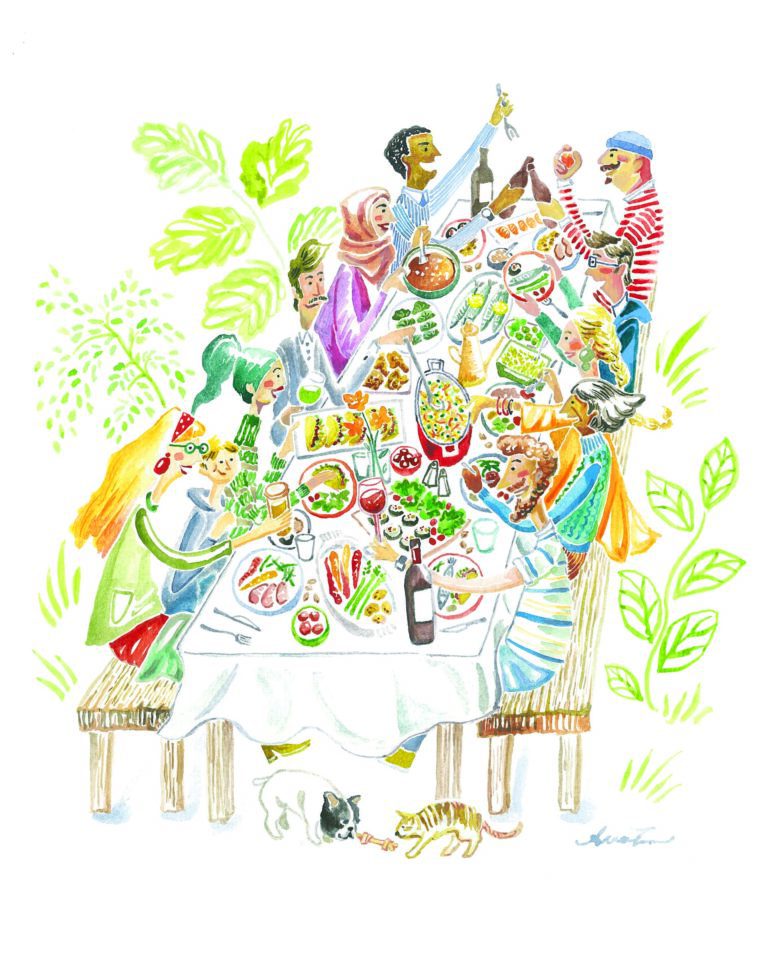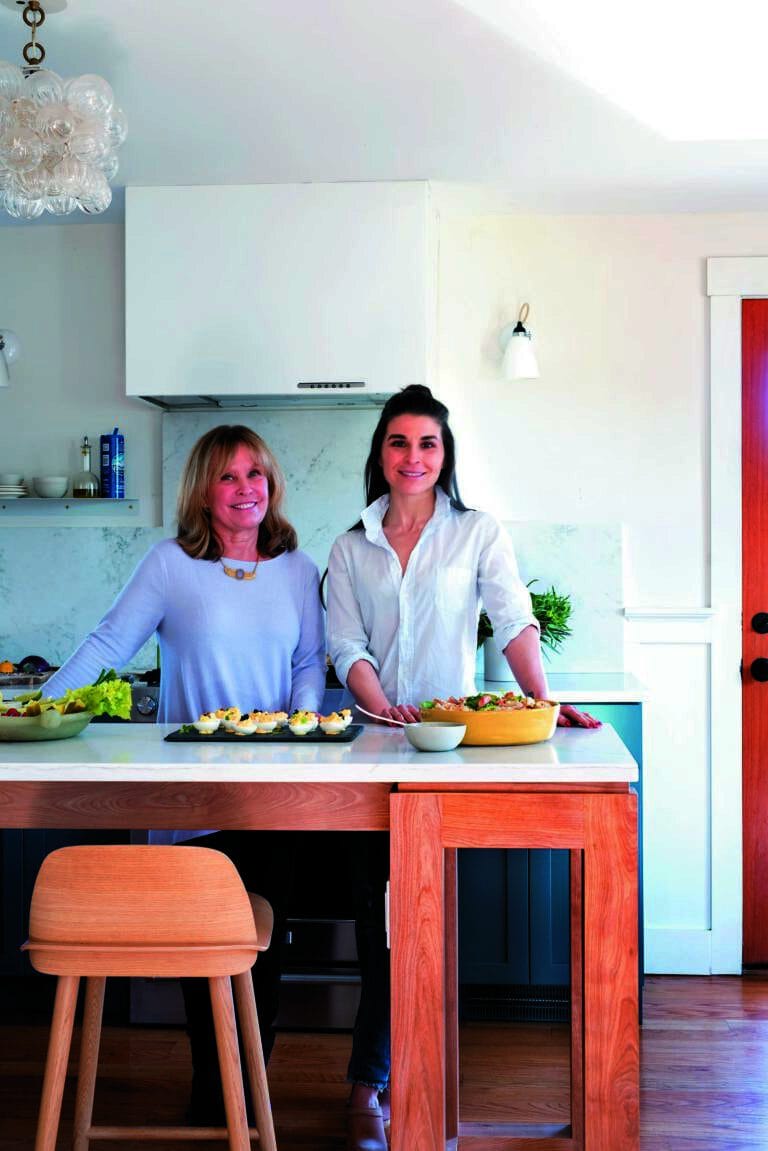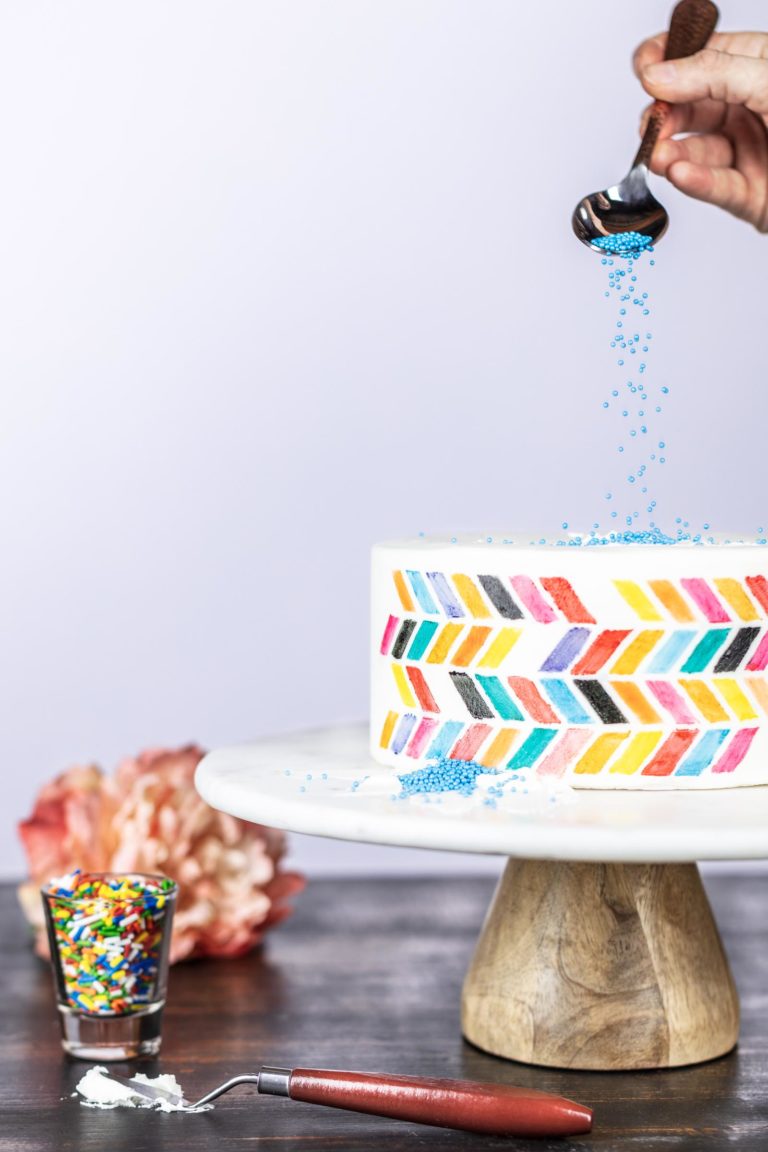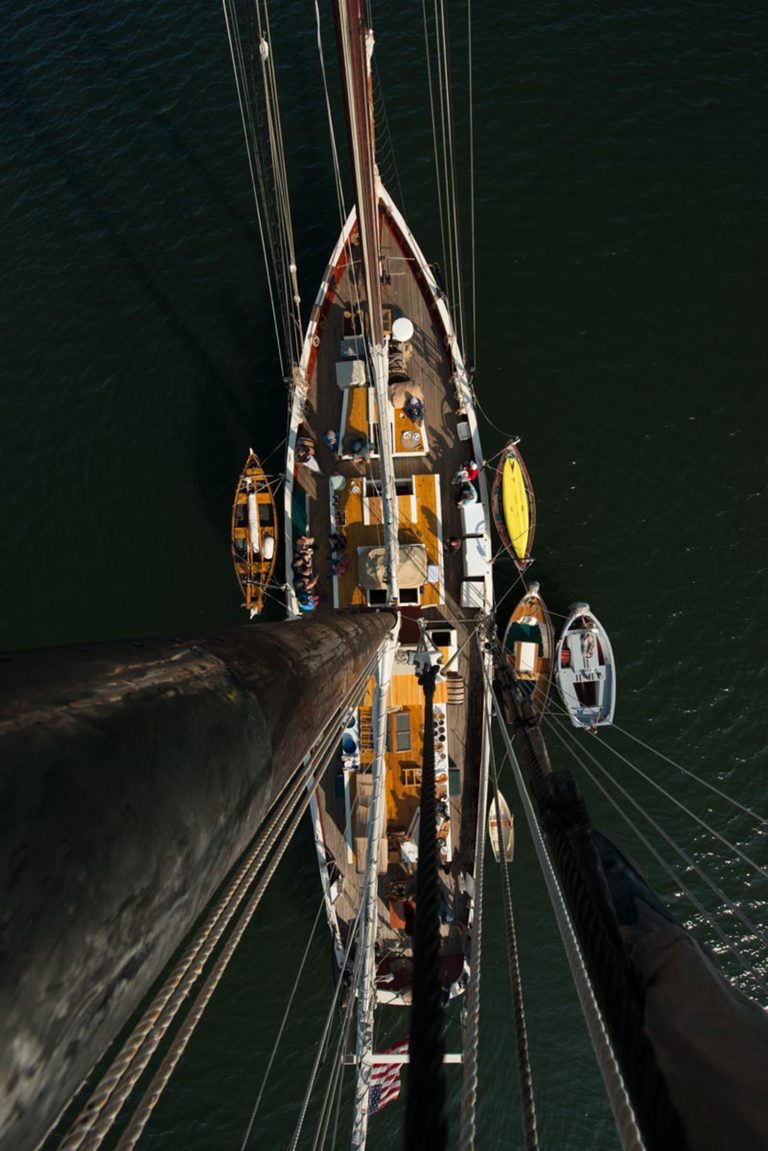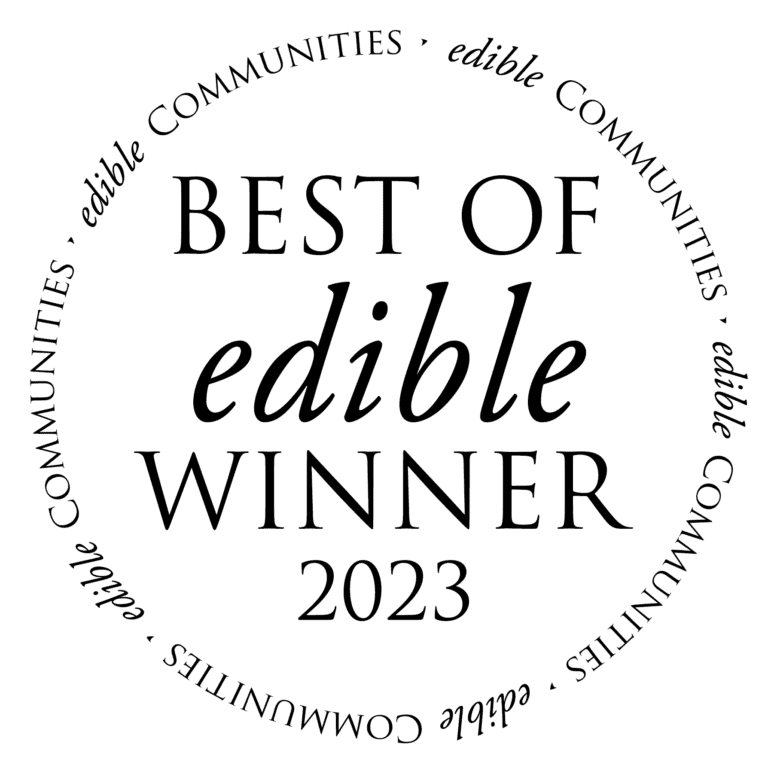It takes two pounds of wild Maine blueberries—the tiny, inky-dark, flavor-packed superfood—to make a bottle of Bluet. The name of the wine and the company that makes it comes from Henry David Thoreau’s nickname for these native low-bush berries. Thoreau described their taste as “ambrosial … as if made of the ether itself.” There is something ethereal about this Scarborough company’s unique blueberry wine. It’s the bubbles.
Owners Michael Terrien and Eric Martin grew up together in Maine. “[We] have been playing Legos … and capture the flag together forever,” says Terrien. Now in their early 50s, Terrien lives in California and has been making grape wine professionally for the past 20 years, and Martin is a well-known novelist who lives in North Carolina. The two still play together; it’s how they created Bluet.

Maine is the largest producer of wild blueberries in the world, and the industry here is populated with families who have tended bushes for four or five generations. But it’s a tradition under siege. Competition from overseas producers of cultivated high-bush blueberries, climate change, and low commodity prices are all converging on Maine’s wild blueberry farmers. In making and selling Bluet, the partners hope to raise the national profile of Maine’s iconic fruit and provide its growers with some financial relief.
Like champagne grapes, wild blueberries are low in sugar, low in tannins, and high in acid. A still wine made from wild blueberries or from champagne grapes tends to taste flat. Effervescence augments the flavor of the berries when they are turned into wine, says Terrien.
And bubbles seem to appeal to a broad audience. In 2015 the market for alcohol changed, says Martin. It became somewhat of the “Wild West—there was hard cider, kombucha, seltzers, mead, sour beers. Everything just went nuts, and suddenly we found … that young people in California who have no emotional attachment to Maine wild blueberries were really liking [Bluet].”
Bluet is produced in three formats. The first and most expensive is the Méthode Champenoise. Here the wine undergoes a second fermentation in the bottle, which is then disgorged of sediment and re-capped by hand. Ed Lutjens, Bluet’s production leader, handles this job while wearing a raincoat to avoid getting soaked by the spray.
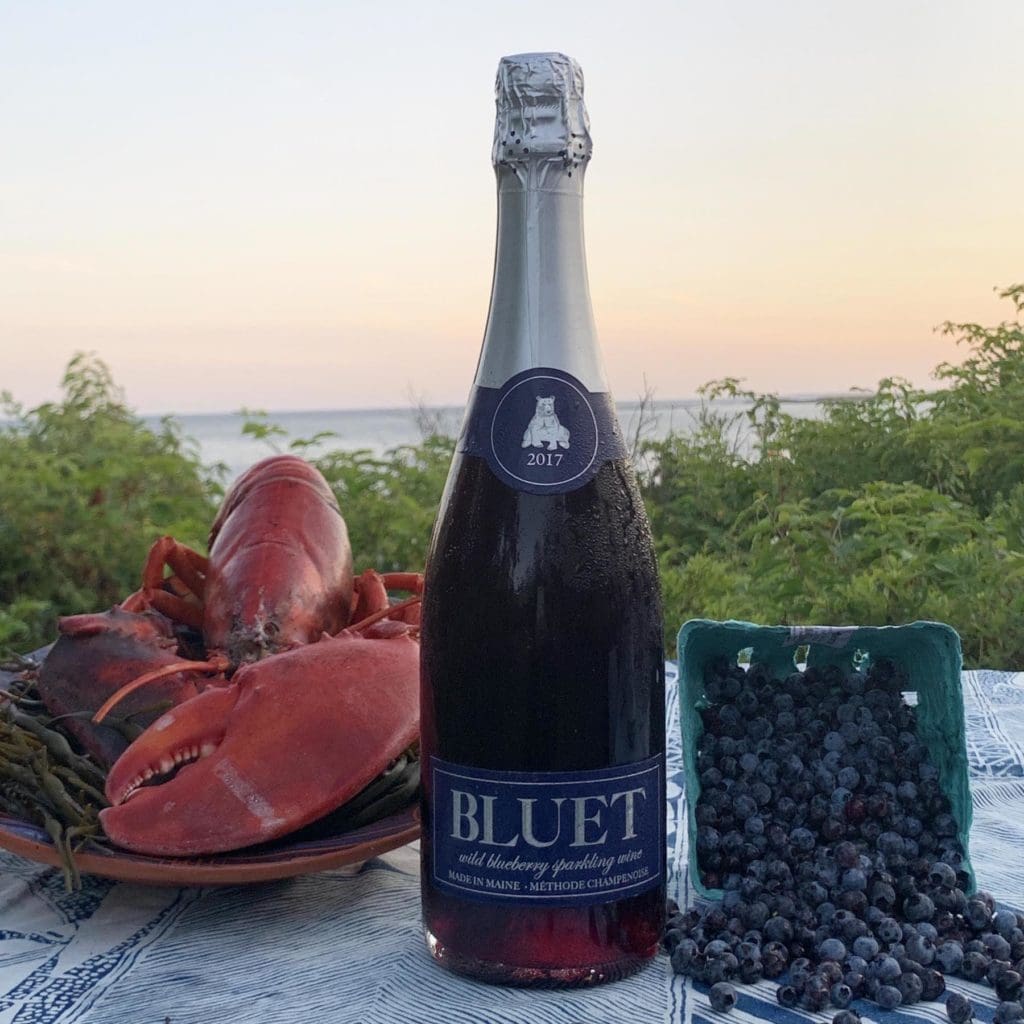 The second type of Bluet is created using the Charmat method, just like how Prosecco is made. This process is less labor-intensive, and a little less expensive, because the carbon dioxide is created while the wine sits under pressure in large vessels before being bottled. The third and most cost-effective method for making Bluet is to add carbonation to the wine in large vats before canning it.
The second type of Bluet is created using the Charmat method, just like how Prosecco is made. This process is less labor-intensive, and a little less expensive, because the carbon dioxide is created while the wine sits under pressure in large vessels before being bottled. The third and most cost-effective method for making Bluet is to add carbonation to the wine in large vats before canning it.
Nikaline Iacono, owner of Vessel and Vine in Brunswick, was for a long time opposed to wine in cans. “Cans were about marketing and convenience, not about quality,” she says. But she’s given a bit on that point. She sells 500 wines in bottles but only six wines in cans—of which Bluet is one. “It’s a really well-made product,” she says.
Bluet originally ran on the owners’ savings in a relative’s barn in Jefferson. Their first bottling in 2014 sold out quickly when it was released in the summer of 2015. The business plan encompassed growing production from 200 to 2,000 cases annually with the help of state and federal agricultural grants. In 2017, the company secured a spot on the weekly TV show Greenlight Maine, where Maine entrepreneurs compete for a grand prize of $100,000. Bluet won that grand prize.
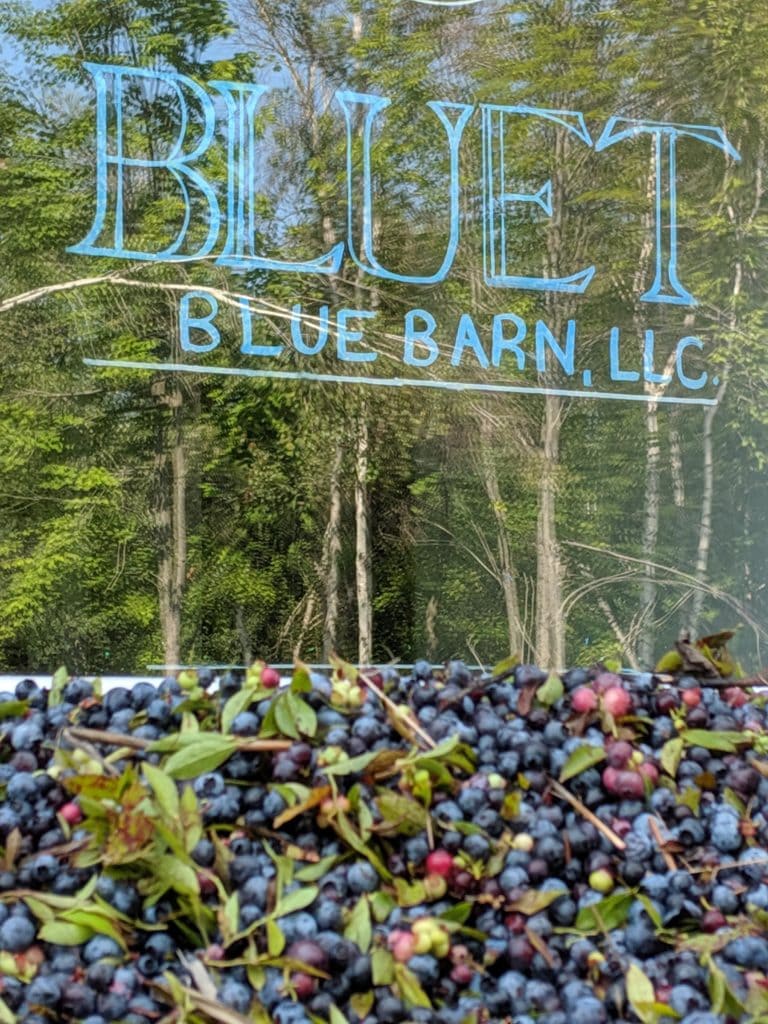 With the new funds, Bluet opened a production facility in Scarborough in 2019 and hired operations and marketing staff. In 2020, the company bought 52 tons of wild fruit from four farms and will produce 5,000 cases of blueberry bubbly.
With the new funds, Bluet opened a production facility in Scarborough in 2019 and hired operations and marketing staff. In 2020, the company bought 52 tons of wild fruit from four farms and will produce 5,000 cases of blueberry bubbly.
But Terrien says the ultimate measure of Bluet’s success will be when more companies make blueberry beverages and provide a stronger local market for Maine farmers. Portland-based R.A.S. Wine, started in 2019, has jumped on Bluet’s bandwagon and plans to have its sparkling blueberry wine as well as a vermouth made from blueberries and Maine-grown botanicals the company hopes to have by the end of 2020. Joe Appel, one of three principals behind R.A.S. Wine, credits both Bluet and Maine blueberries as sources of his company’s inspiration. “We wanted to make something from the place we live.”
